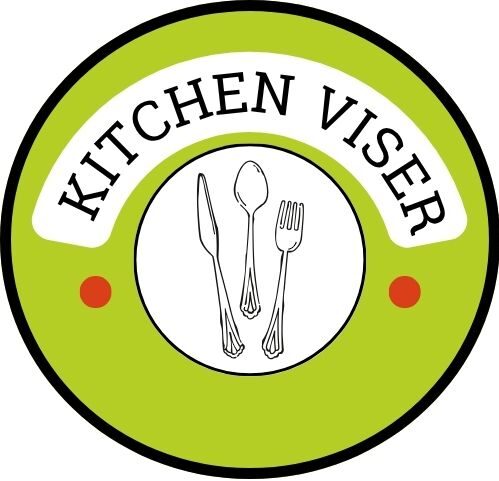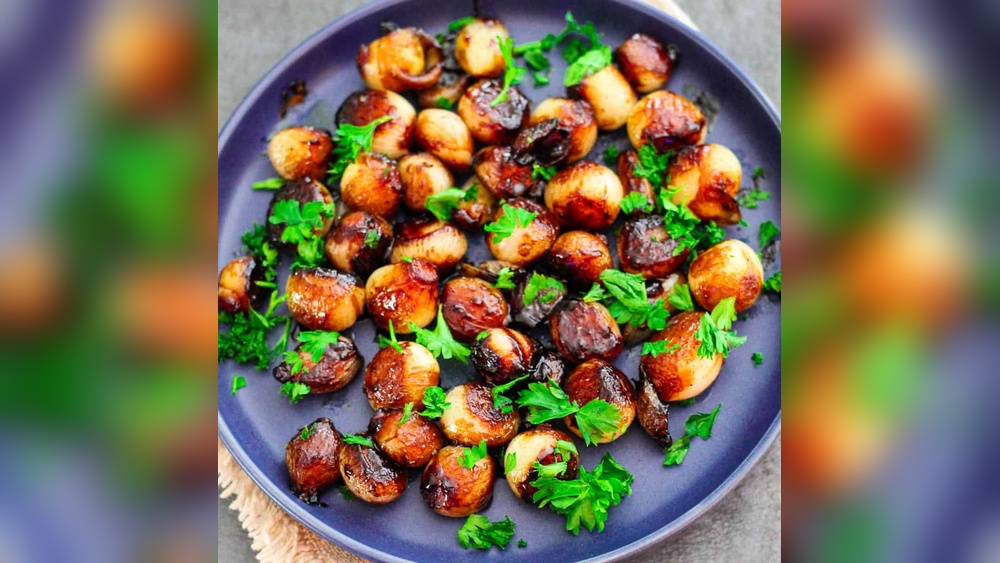If you’ve ever wondered how to cook pearl onions perfectly, you’re in the right place. These tiny, flavorful onions can transform your dishes, adding a subtle sweetness and a beautiful touch to your meals.
But before you get started, you might be asking yourself—how do you prep them? Do they need peeling? What’s the best way to cook them so they’re tender and delicious? Stick with me, and you’ll learn simple, foolproof steps to prepare pearl onions with ease.
By the end, you’ll be confident to add this elegant ingredient to your cooking repertoire and impress everyone at your table. Ready to make your pearl onions shine? Let’s dive in!
Preparing Pearl Onions
Start by trimming the root end of each pearl onion using a small knife. This helps to loosen the skin for easy peeling. Next, bring a pot of water to a rolling boil. Drop the onions into the boiling water and let them cook for about 1 to 2 minutes. This is the blanching technique. It softens the outer layers without cooking the onions fully.
Immediately transfer the onions to an ice bath to cool them down quickly. This stops the cooking process and makes peeling easier. After cooling for a few minutes, gently squeeze each onion near the trimmed root end. The skin should slip off easily. Use your fingers or a small knife to remove any stubborn bits of skin.
:max_bytes(150000):strip_icc()/__opt__aboutcom__coeus__resources__content_migration__serious_eats__seriouseats.com__recipes__images__2015__10__20131214-creamed-pearl-onion-recipe-edit-fdcc3cf1ef284d10a34fdbcd2d71a2ca.jpg)
Cooking Methods
Roasting pearl onions brings out their natural sweetness. Toss peeled onions with olive oil, salt, and pepper. Roast in a hot oven at 400°F (200°C) for 20-25 minutes until golden and tender.
Sautéing in a skillet is quick and simple. Heat butter or oil over medium heat, add onions, and cook until soft and slightly browned. Stir often to avoid burning.
Braising with broth makes onions tender and flavorful. Simmer peeled onions in chicken or vegetable broth for 20-30 minutes. The broth adds moisture and depth to the taste.
Glazing with balsamic vinegar creates a shiny, sweet coating. Cook onions in butter, then add vinegar and a little sugar. Stir until the liquid thickens and coats the onions.
Creamed pearl onions are rich and smooth. Cook onions in butter, add cream and seasonings, then simmer until thickened. Serve as a comforting side dish.
Using Frozen Pearl Onions
Frozen pearl onions save time and effort. They come pre-peeled, making cooking faster. Their texture stays firm, which works well in stews and sautés. Nutrients remain intact because they are frozen quickly after harvest. This helps keep their fresh flavor.
To cook frozen pearl onions, thaw them in cold water or cook directly from frozen. Sauté in butter or oil for 5-7 minutes until tender. They can also be boiled or roasted like fresh onions. Avoid overcooking to keep their shape and taste.
| Storage Method | Shelf Life | Tips |
|---|---|---|
| Freezer | Up to 12 months | Keep in airtight bags to avoid freezer burn |
| Refrigerator (after thawing) | 1-2 days | Use quickly to maintain freshness |
Flavor Enhancements
Seasoning pearl onions enhances their natural sweetness and adds depth. Simple salt and pepper work well. For a richer taste, use balsamic vinegar or a splash of olive oil. Garlic powder and onion powder also bring extra flavor without overpowering the dish.
Pairing pearl onions with fresh herbs brightens their flavor. Thyme, rosemary, and parsley are popular choices. These herbs blend well with the onions’ mild taste. Sprinkle herbs just before serving to keep their aroma fresh and vibrant.
Pearl onions fit perfectly in Mediterranean dishes. Add them to stews, tagines, or pasta sauces. They absorb the spices and juices, making every bite flavorful. Cooking them slowly helps soften their texture and release sweetness.
Time-saving Tips
Batch peeling pearl onions saves a lot of time. Boil onions for 2 minutes, then cool them in ice water. This loosens the skins for easy peeling. Peel many onions at once to use in future recipes or freeze them.
Keep the onion skins after peeling. They add great flavor to homemade vegetable stock. Dry the skins and store in a bag for later use.
- Score a small “X” on each onion before boiling for quicker peeling.
- Use a bowl of cold water to help loosen the skins.
- Peel onions under running water to rinse off the skins easily.

:max_bytes(150000):strip_icc()/balsamic-glazed-pearl-onions-1711p140-8031265-87671a7da7474351bf40932a3f4fef5b.jpg)
Frequently Asked Questions
How Do You Prepare Pearl Onions?
Trim the root ends of pearl onions. Boil them for 2 minutes, then plunge into ice water. Squeeze to remove skins. Use peeled onions for cooking.
Do You Have To Peel Pearl Onions Before You Cook Them?
Yes, peel pearl onions before cooking. Their outer skin is tough, bitter, and not edible. Blanching loosens the skin for easy removal.
What Are Pearl Onions Good For Cooking?
Pearl onions add sweetness and texture to stews, roasts, casseroles, and glazed side dishes. They enhance flavor in soups and sauces.
Are Boiling Onions The Same As Pearl Onions?
Boiling onions refer to onions cooked by boiling, while pearl onions are a specific small onion variety. They are not the same.
Conclusion
Cooking pearl onions is simple and rewarding. Start by peeling them carefully using the blanching method. Then, choose your favorite cooking style—roasting, sautéing, or glazing. These little onions add sweet, mild flavor to many dishes. They cook quickly and blend well with meats and vegetables.
Remember to not skip peeling, as the skin is tough and bitter. Enjoy experimenting with recipes and bring new taste to your meals. Pearl onions make every dish a bit more special and delicious. Give them a try and see the difference.

Yes, working as , Food Blogger and Product Reviewer for last 6 years. Here you will get amazing deals for Smart kitchen products. I am your best source for the latest update in cooking trends. I provide insightful articles, reviews, and analysis on cutting-edge kitchen gadget. My mission is to empower readers with the knowledge they need to stay ahead in a rapidly evolving coking world. Join me as we explore the future of food technology and how it shapes our lives today and tomorrow.





